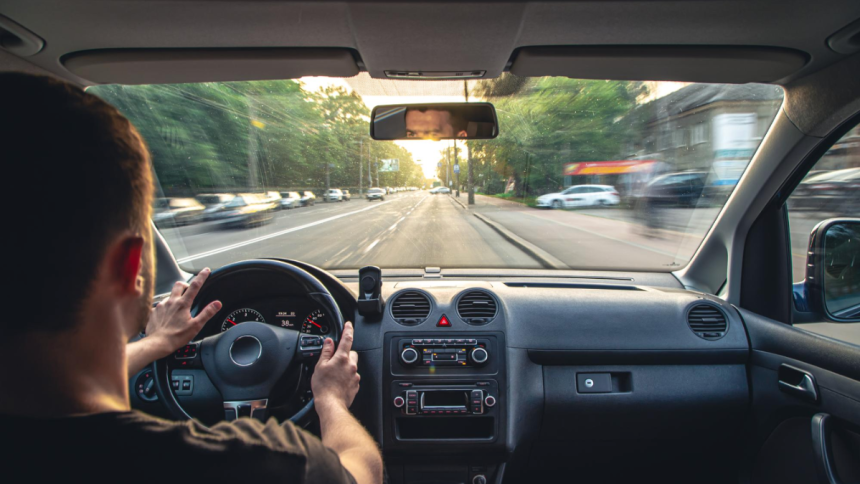To recover damages and injuries brought on by the carelessness of the speeding driver who struck you, you must go through the legal system. The necessary actions and factors for successfully pursuing such a lawsuit are described in this article.
Speeding is a critical factor in many accidents. It is recognized as a cause of severe injuries and fatalities as a result of increased force of impact and reduced reaction time.
To sue successfully, you must establish that the other driver’s speeding was a direct cause of the accident and your injuries.
Below are the steps followed to sue a speeding driver.
Gather Evidence at the Scene
Immediately after the crash, collect as much information as possible to support your claim:
- Take pictures of the vehicle damage, the accident area, and any obvious injuries.
- Get the insurance information and contact details of the speeding motorist.
- Record the names and contact details of those who saw the accident or the speeding behavior.
- Request a police report, which often includes citations for speeding and an unbiased account of the incident.
Seek Medical Attention
Obtain a comprehensive medical evaluation even if the injuries appear to be minor. While certain injuries from speeding collisions might not show up immediately, they can worsen over time. Medical records are crucial evidence in your claim to demonstrate the extent of your injuries and how they relate to the accident.
Notify Your Insurance Company
Notify your insurer of the accident as soon as possible. Give accurate information without expressing fault, as this could undermine your argument. After looking into the accident, insurance firms could make a settlement offer based on the information they find.
Consult a Personal Injury Attorney
A knowledgeable lawyer can assist you in navigating the legal system, collect supplementary evidence like expert accident reconstruction or traffic camera film, negotiate with insurance companies, or, if needed, represent you in court.
Proving the Other Driver Was Speeding
To hold the speeding driver responsible, you must show that their excessive speed caused the collision. The following evidence supports this:
- The police report noted speeding violations.
- Eyewitness testimony describing the driver’s speed.
- Surveillance or dashcam footage showing the vehicle’s speed.
- Expert analysis reconstructing the accident to estimate the speed at impact.
Filing the Lawsuit
Your lawyer will bring a personal injury claim against the speeding motorist as soon as you have enough proof. The complaint will outline:
- How the defendant’s speeding constituted negligence.
- The damages you suffered, including medical expenses, lost wages, pain and suffering, and property damage.
- A demand for compensation.
The defendant will be served and given a chance to respond. Most cases settle before trial; if not, your case will proceed through discovery, negotiation, and possibly a jury trial.
Considerations in Speeding-Related Lawsuits
Comparative Fault
If you were partially at fault (for example, if you were also speeding or negligent), your compensation may be reduced proportionally under comparative fault laws in many states.
Statute of Limitations
In each state, personal injury cases must be filed within a certain time frame, usually one to three years following the accident. Your claim may be barred if you miss this deadline.
Types of Damages
You can seek compensation for:
- Medical bills and ongoing care costs.
- Lost income due to inability to work.
- Pain and suffering or emotional distress.
- Vehicle repair or replacement costs.
Sum Up
It takes careful paperwork, evidence collection, and legal knowledge to sue a fast driver who struck you. Speeding is a strong foundation for a negligence claim since it dramatically raises the risk and seriousness of accidents.
Follow the proper procedures, including getting documentation, medical help, and speaking with a lawyer. This will assist you in seeking compensation for your injuries and losses.
Lynn Martelli is an editor at Readability. She received her MFA in Creative Writing from Antioch University and has worked as an editor for over 10 years. Lynn has edited a wide variety of books, including fiction, non-fiction, memoirs, and more. In her free time, Lynn enjoys reading, writing, and spending time with her family and friends.















